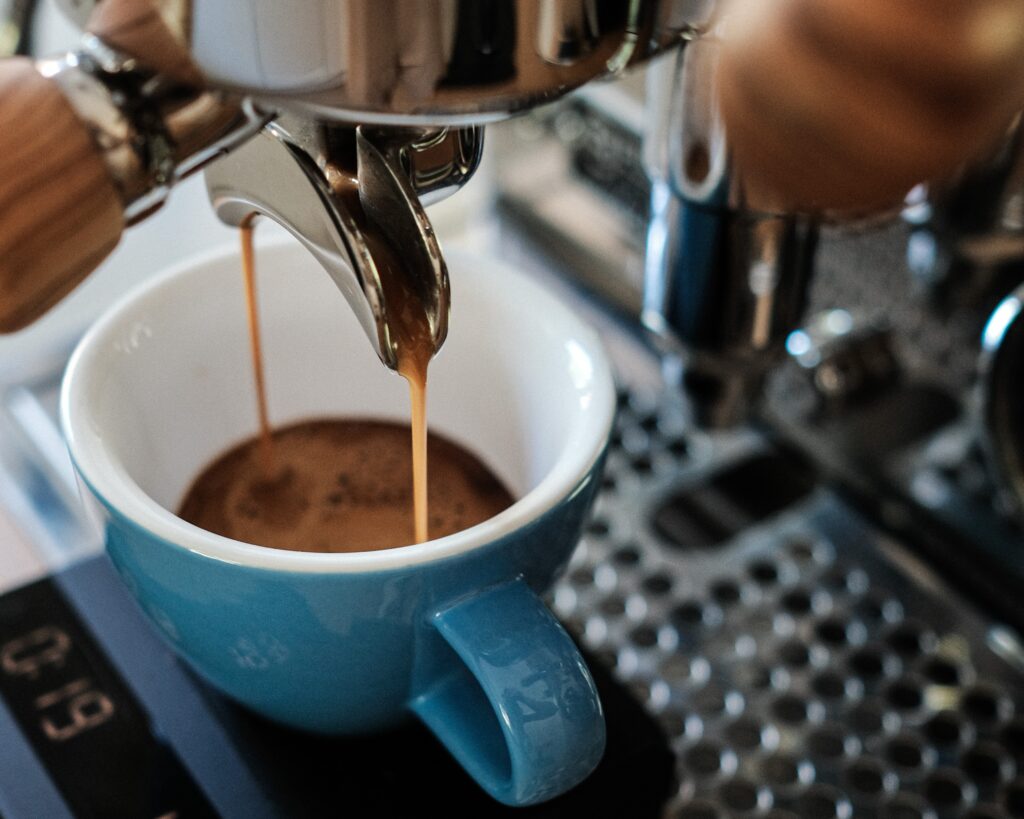
Ambition to improve is everywhere, and not only limited to corporate labs and academia. I love to see examples of innovation in any field — from wind turbines to cloud seeding or surfing to strawberries. Those who are loyal readers of this blog know that I’ve already written about each of those. Today though I am turning to some new tech that relates to what we do every day to solve chemical engineering problems.
Despite what contrarians might say, humans long ago solved the mystery of making perfect coffee on earth. Yet building an espresso machine for the international space station was a much bigger challenge.
Bloomberg last year featured an Italian engineering firm, Argotec, spent over 18 months with 11 engineers working to develop a microgravity brewing process that could meet NASA’s rigorous safety standards.
In Earth gravity, we force almost boiling water through finely ground coffee beans. The water boils, becomes less dense and the steam pushes into the air above. But hot water behaves differently in near-zero gravity. The steam does not rise; staying put it can create a dangerous vapor bubble suspended in a ball of water. So, to avoid bubbles, Argotec used a special thin-steel pipe to ensure the water couldn’t build up heat bubbles.
The next problem was pressure. NASA safety rules anything over 60 psig a concern. Espresso brewing requires at least twice as much pressure. Argotec engineers determined that they could address this by eliminating a traditional rotary pump and instead using an electric motor to drive the plunger.
What about leaks and pressure relief? This is a common problem for all chemical plants, but even more difficult in zero gravity. Argotec made it so that every piece of pipe had relief valves with piping back to a central pressure containment chamber.
That left the question of how to drink an espresso in outer space? Think, after all, of the Tang crystals that are so famous as a space drink. The espresso-loving engineers designed a mechanism to blow air through the coffee capsule into a zip-lock coffee cup.
We all know how nice it is to have a hot espresso when trying to solve a process-related chemical engineering problem. Now our astronauts have the same opportunity to get the brain cells jumping in space. This is yet another exciting example of how process engineers have to brainstorm new approaches to separation problems.

